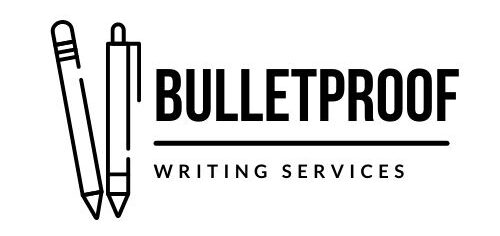Self-publishing has steadily gained popularity since the ’90s. Once on-demand and digital publishing became more mainstream, the market opened up for more small presses and self-publishers. As a result, authors today have a choice: do they want to go the traditional publishing route, or do they want to self-publish? And although choices are great, they often lead to more questions. Which option is right for you? How do you know if you’re a better candidate for one or the other? Today we’ll look at the advantages of traditional publishing, and next month we’ll discuss the benefits of self-publishing.
Is traditional publishing a better fit for you?
Traditional book publishing means that a publisher offers an author a contract, then prints, publishes, and sells the author’s books. Usually, the contract comes with an advance payment against future royalties. Consider these pros and cons to determine if traditional publishing is a good fit for you.

Photo by Shiromani Kant on Unsplash
Benefits of Traditional Publishing
- More visibility
Working with a major publisher provides validation and prestige. Moreover, big publishing houses have resources and visibility that increase your chances of critical acclaim and literary awards.
- No up-front costs
Traditional publishers pay for editing, design, printing, and marketing costs. Once you have a book contract, none of the related expenses are your responsibility. If a publisher asks you to pay, it’s probably a vanity press.
- Built-in support
A big benefit of traditional publishers is that they have a team of experts to help you with every step of the process. You aren’t responsible for finding, interviewing, and hiring editors, designers, or typesetters; your publisher will handle all that.
- Advances
Working with a publisher usually means you’ll receive a book deal and monetary advances. The advance depends on the publisher’s size, the competition in your genre, your existing author platform, and how well they expect your book to sell. Plus, there’s the possibility of future royalties if your book sells well.
- Easier print distribution
Publishers make money by printing and selling books to bookstores, which often have exclusive deals with major publishers. If you’re self-publishing, it may be difficult to get your book on shelves in national bookstores or retail outlets. Traditional publishers negotiate that shelf space on your behalf.
Disadvantages of Traditional Publishing
- Lack of control
Losing creative control is a big drawback with traditional publishers. Although you wrote your book, once you sign a publishing deal, your publisher now has the final say on the design, format, and title. Furthermore, there’s no guarantee that your book will be published, even after you sign a contract and receive an advance. Your publisher could write off your manuscript if there’s a shift in market trends, if they lose confidence in your work, or if the publisher goes under.
Plus, contracts require you to relinquish your rights upon signing the book deal. Unless you or your agent negotiate well, you may lose your primary publication rights (first to publish), subsidiary rights (able to publish in other formats like audio or film), or foreign rights. Most big publishing houses want all these rights, even if other publishers or studios are more suitable for the different formats and markets.
- Long timelines
The timeline for traditional publishing is discouraging. First you find an agent, then you spend months or years just to get a manuscript accepted, let alone published. Keep in mind that a small publishing house only works on a handful of titles per year; a larger publisher works on hundreds. Realistically, you’ll wait more than a year to see your work published. And since it takes so long to publish a book, your advance is the only book-related income you’ll have for a minimum of one to two years.
- Low royalties
Traditional publishers pay you 5–20 percent of the book’s selling price after your advance has been accounted for. If your book sales don’t exceed your advance, you’re not guaranteed any additional royalties or future income from your book. Royalty rates vary based on format too (hardback vs. paper or e-book).
- Limited support
High-profile authors get the majority of a publisher’s marketing budget. Although your publisher has a marketing team, you may still have to do a lot of marketing and promotion work yourself.
Also, traditional publishing houses are cutting back on expenses, meaning that in-house editors have more responsibilities than ever before. That leaves editors in the traditional publishing process with less time to help authors cultivate and revise their manuscripts. So unless authors already have name recognition, their manuscripts must be in fantastic shape for a traditional publisher to consider it at all.
Takeaways
Traditional publishing is a drawn-out process that has advantages and disadvantages for authors. If you want prestige, an advance, a built-in support teams, and a better shot at print distribution, then traditional publishing is a good choice for you. But the slow timeline, lack of control, low royalties, and limited support may be off-putting for you. If so, self-publishing is a great option that we’ll look at in more detail next month.
Fortunately, whether you’re considering traditional publishing or self-publishing, freelance editors like me provide our specialized skills to help you meet your goals. Edited proposals and manuscripts have a better chance of being accepted by traditional publishers. If you want to land a traditional publishing contract and you need help getting your proposal, sample chapters, or manuscript ready, contact me! I’d love to learn more about your project and help you make your writing bulletproof.
